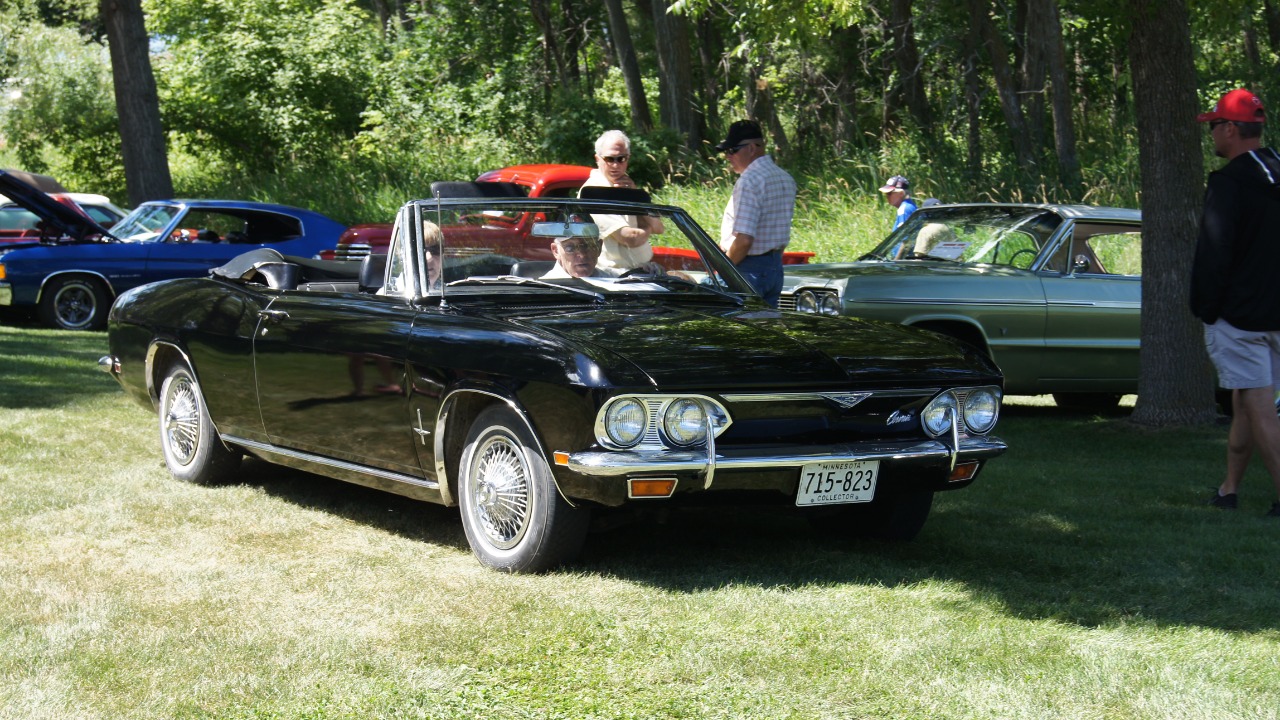
The Chevrolet Corvair, produced from 1960 to 1969, was General Motors’ ambitious rear-engine compact car designed to challenge European imports and reshape the American auto industry. Despite its potential to transform GM’s dominance in the market, the Corvair encountered significant hurdles that led to its discontinuation after ten model years. Recent analysis highlights how this innovative yet flawed vehicle missed its chance to redefine GM’s future.
The Origins of the Corvair Project
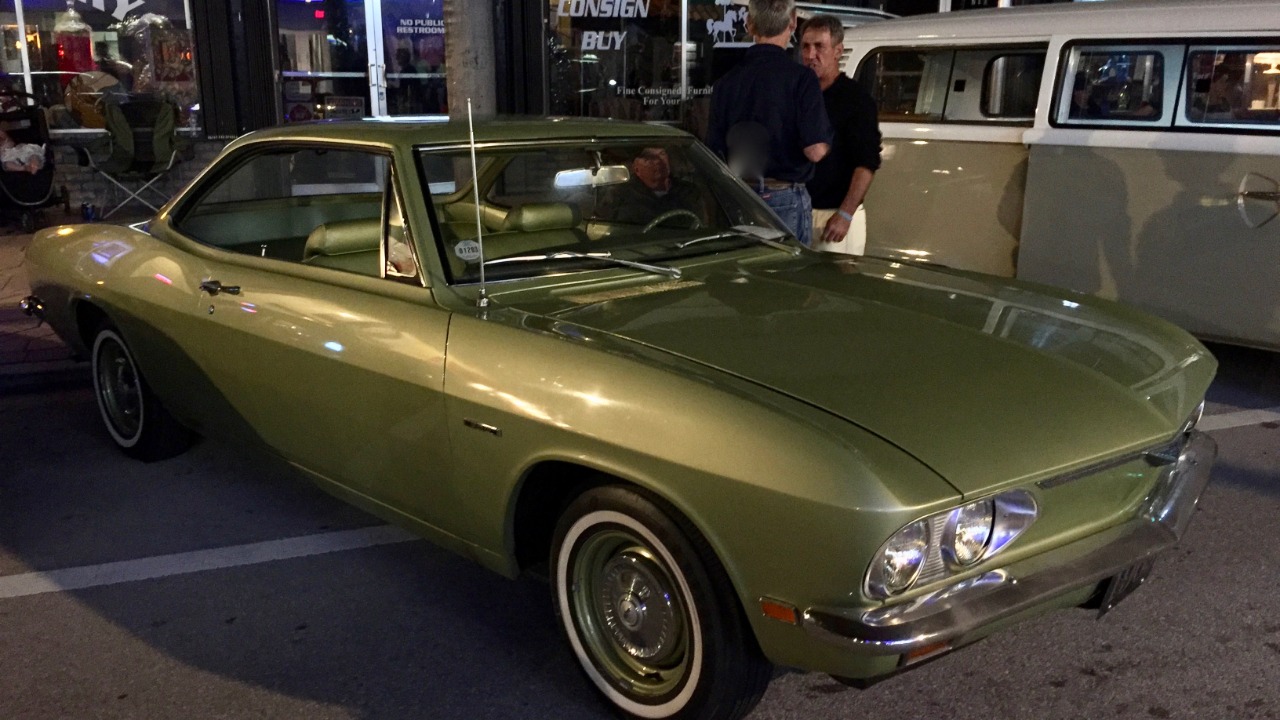
In the late 1950s, GM made a strategic decision to develop a compact car to compete with imports like the Volkswagen Beetle. The Corvair’s rear-engine layout was a key differentiator, setting it apart from other American cars of the era. The engineering team aimed to achieve better fuel efficiency and handling through air-cooled powertrains and lightweight construction. Key GM executives approved the project, seeing it as a potential game-changer for the company’s lineup.
As part of the Corvair project, GM assembled a team of engineers and designers who were tasked with creating a vehicle that could compete with the popular European imports. The team was led by Edward N. Cole, who later became the president of GM. Cole’s vision for the Corvair was to create a car that was not only compact and fuel-efficient but also fun to drive. He believed that the rear-engine layout, which was a departure from the traditional front-engine design of American cars, would provide the Corvair with a unique selling point. The project was a significant investment for GM, with the company spending millions on research and development.
Innovative Design and Features
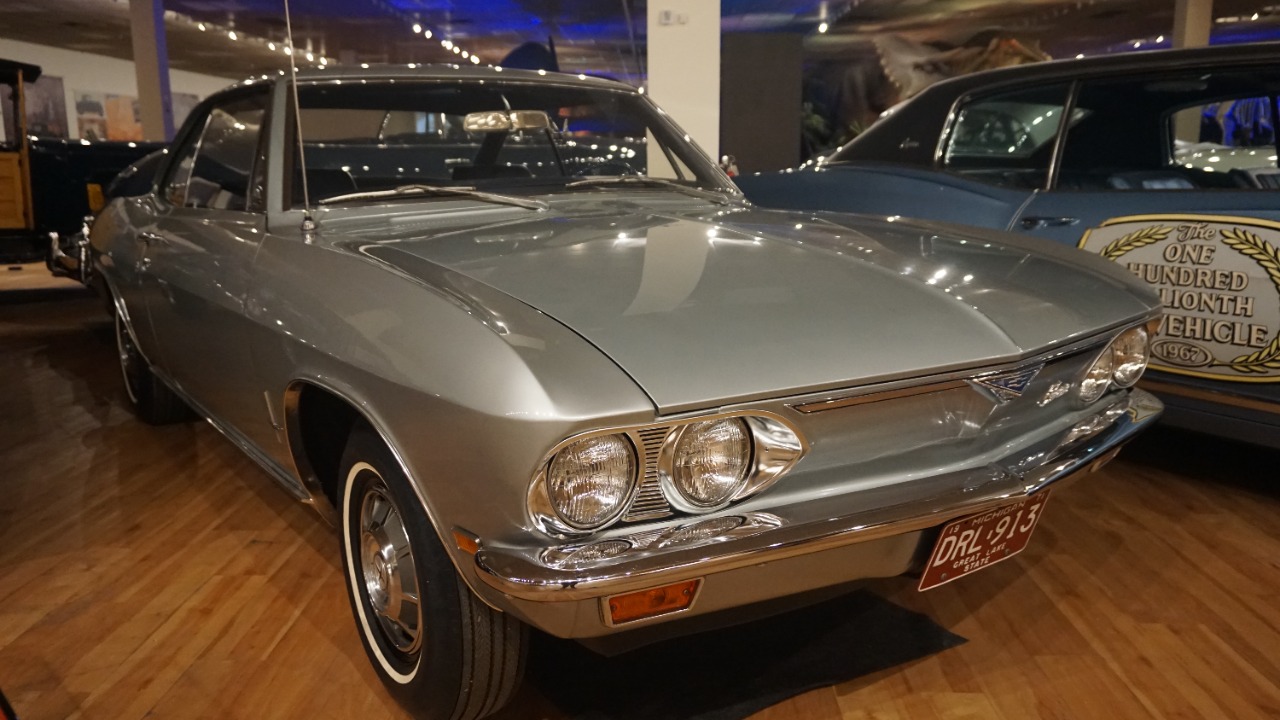
The Corvair’s unique rear-mounted, air-cooled flat-six engine powered models from 1960 onward and offered a flat floor for passenger comfort. The suspension system, including the independent rear setup, was intended to provide superior ride quality over traditional American cars. GM introduced a variety of body styles, such as sedans, coupes, and the sporty Monza variant, to appeal to diverse buyers.
The Corvair’s design was indeed innovative for its time. The rear-mounted engine was not only air-cooled, but it was also horizontally opposed, a design feature that was more commonly seen in aircraft engines (except for the Beetle and Porsches). This allowed the engine to be lighter and more compact, which in turn improved the car’s fuel efficiency. The Corvair’s suspension system was also unique. It featured a swing-axle rear suspension, which was designed to improve the car’s handling and ride quality. In addition to these features, the Corvair was also the first American car to feature a turbocharged engine, which was introduced in the 1962 Monza Spyder model.
Launch and Early Market Response
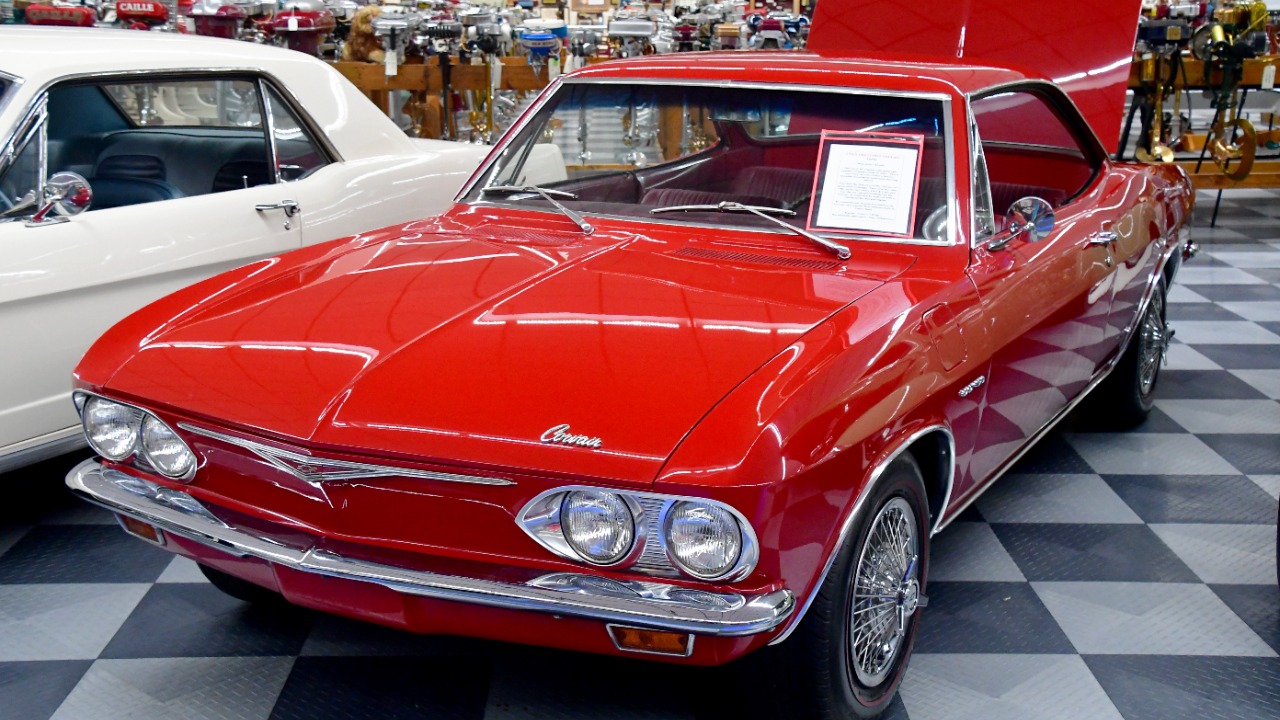
When the Corvair was launched in 1960, it was met with much anticipation and excitement. The car’s unique design and features set it apart from other American cars, and it quickly gained a following. In its first year, the Corvair sold over 200,000 units, making it one of the most successful launches in GM’s history. The car was praised for its handling and ride quality, with many comparing it to European sports cars. However, despite the initial success, the Corvair’s sales began to decline in the following years due to a number of factors, including safety concerns and increased competition.
Engineering Challenges and Controversies
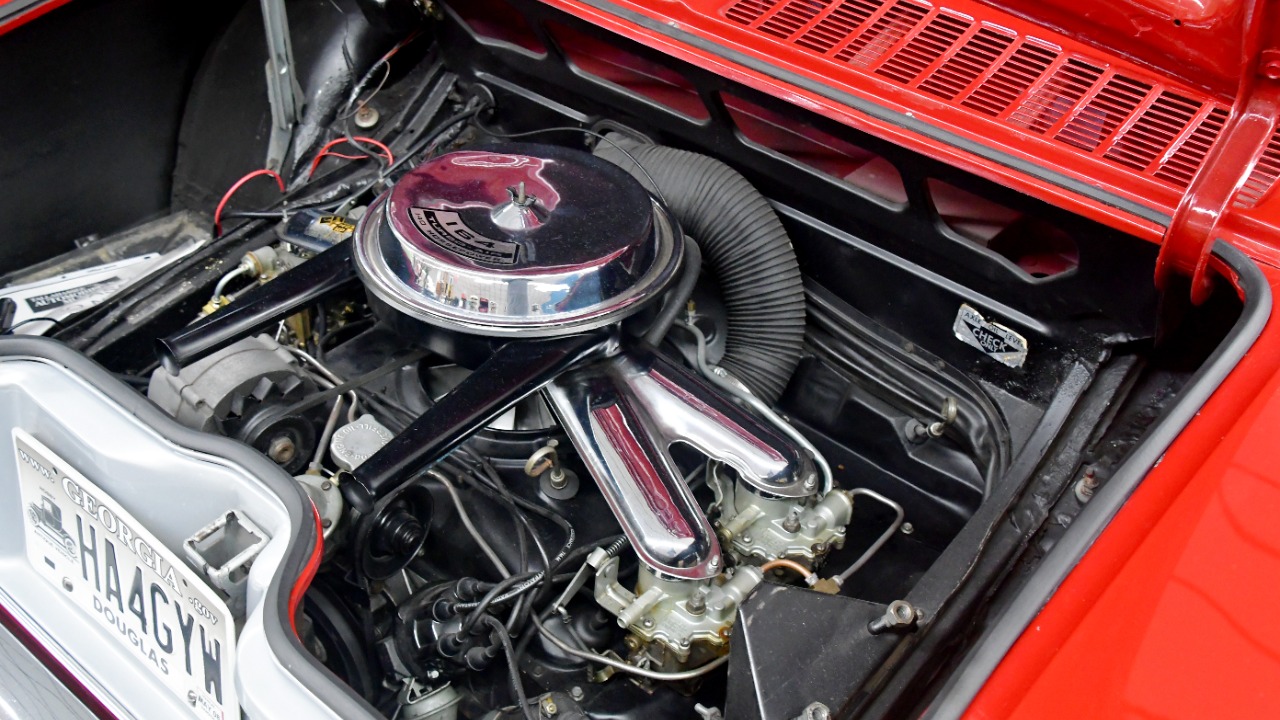
The Corvair’s unique design and features, while innovative, also led to a number of engineering challenges. The rear-engine layout, for instance, resulted in a weight distribution that was different from traditional front-engine cars. This led to handling issues, particularly in the early models that did not have front anti-roll bars. The swing-axle rear suspension, while designed to improve handling, was also criticized for its tendency to oversteer. The most significant controversy, however, came in 1965 when consumer advocate Ralph Nader published his book ‘Unsafe at Any Speed’. The book criticized the Corvair’s handling and safety features, leading to a public outcry and a decline in sales.
Sales Decline and Discontinuation
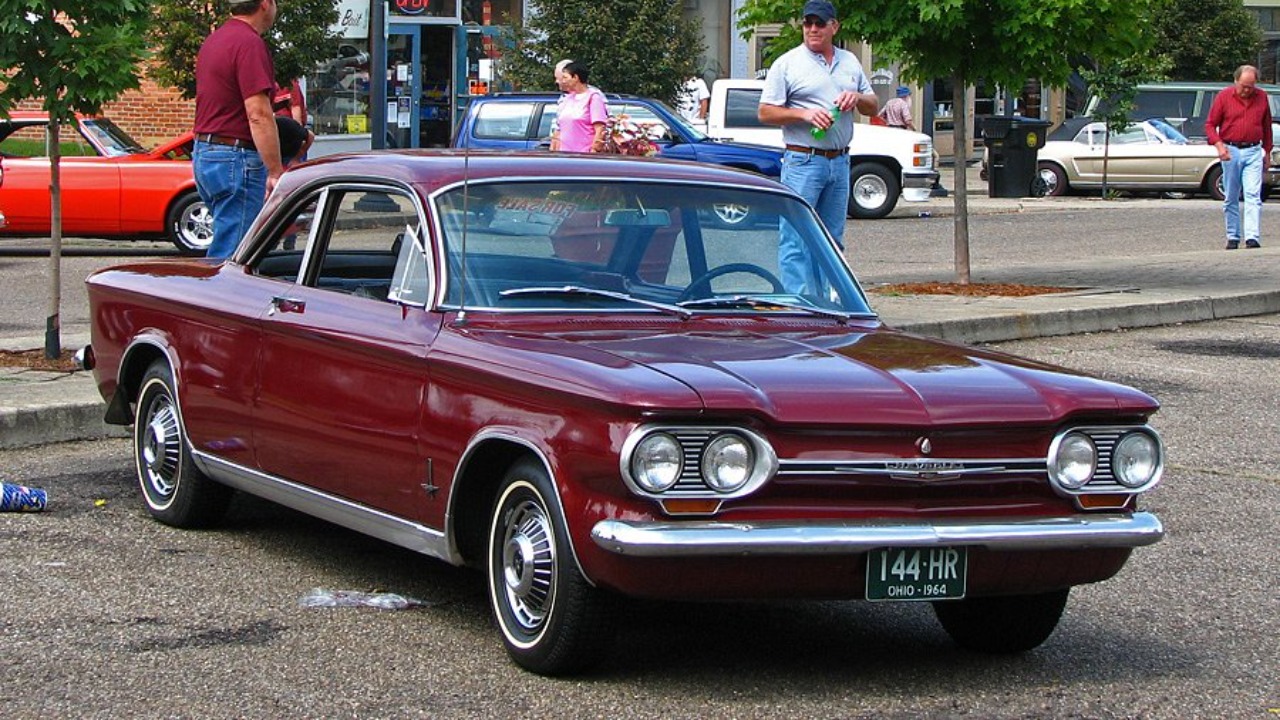
Despite GM’s efforts to address the safety concerns and improve the Corvair’s handling, sales continued to decline. By the late 1960s, the Corvair was facing stiff competition from other compact cars, including the Ford Falcon and the Plymouth Valiant. These cars, while not as innovative as the Corvair, were seen as more reliable and safer. In addition, the introduction of federal safety regulations in 1966 further impacted the Corvair’s sales. These regulations required all cars to have seat belts, energy-absorbing steering columns, and other safety features, many of which the Corvair lacked. As a result, GM decided to discontinue the Corvair in 1969, marking the end of a decade-long experiment in automotive design.
Legacy and What Could Have Been
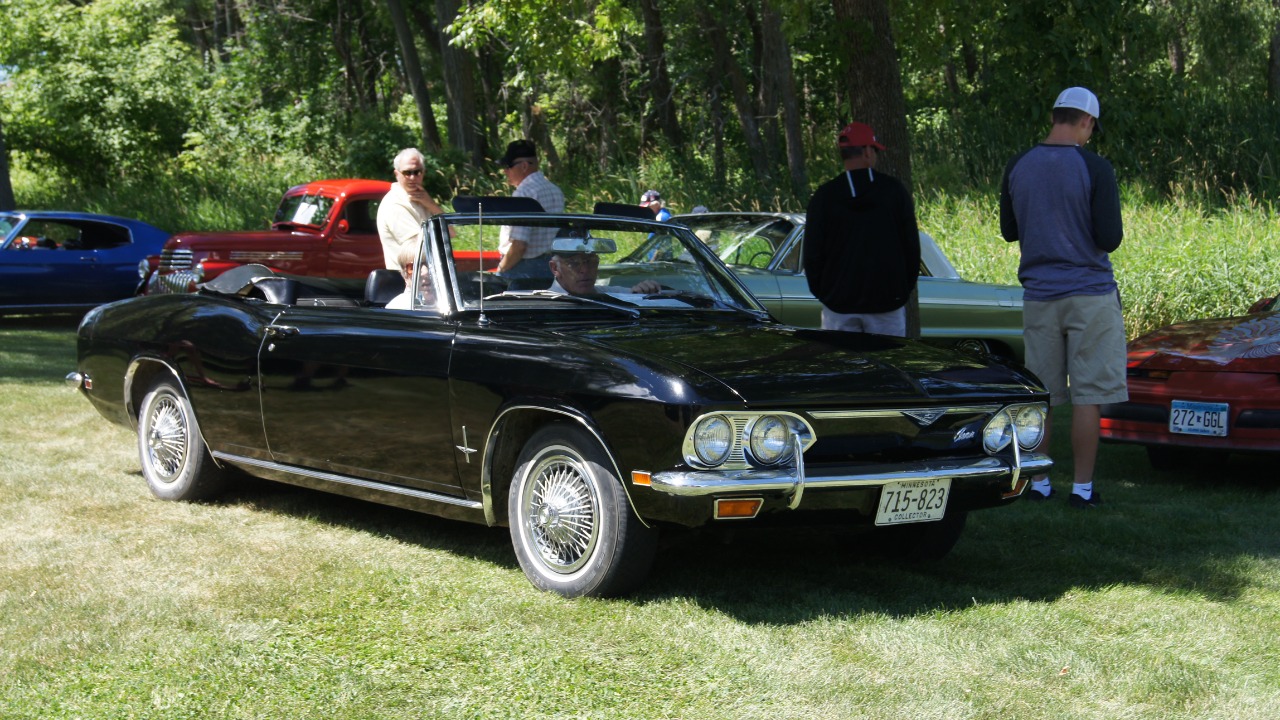
The Corvair’s legacy is a complex one. On one hand, it is remembered as a car that was ahead of its time, with its unique design and features. On the other hand, it is also remembered for its safety controversies and the role it played in the introduction of federal safety regulations. Despite its failure, the Corvair has a dedicated following of enthusiasts who appreciate its innovative design and unique driving experience. These enthusiasts continue to restore and drive Corvairs, keeping the car’s legacy alive. If the Corvair’s engineering issues had been resolved earlier, it is possible that the car could have been a long-term rival to European imports. However, the Corvair’s story serves as a reminder of the challenges and risks involved in automotive innovation.
For more detailed information about the Chevrolet Corvair, visit Motor Trend.